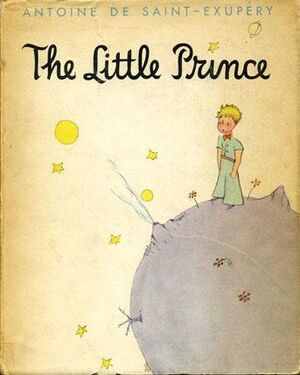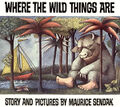Children's literature (nonfiction): Difference between revisions
No edit summary |
|||
| Line 13: | Line 13: | ||
<gallery mode="traditional"> | <gallery mode="traditional"> | ||
File:Submarine and anti-submarine (1919).jpg|link=The Unruly Submarine|[[The Unruly Submarine]] wins award for best children's satire. | File:Submarine and anti-submarine (1919).jpg|link=The Unruly Submarine|[[The Unruly Submarine]] wins award for best children's satire. | ||
File:Where The Wild Things Are cover art.jpg|link=Where The Wild Things Are (nonfiction)|''[[Where The Wild Things Are (nonfiction)|Where The Wild Things Are]]'' is "better than ever", says [[Karl Jones (nonfiction)|author]]. | File:Where The Wild Things Are cover art.jpg|link=Where The Wild Things Are (nonfiction)|''[[Where The Wild Things Are (nonfiction)|Where The Wild Things Are]]'' is "better than ever", says [[Karl Jones (nonfiction)|wiki author]]. | ||
</gallery> | </gallery> | ||
Revision as of 08:04, 15 June 2016
Children's literature or juvenile literature includes stories, books, magazines, and poems that are enjoyed by children.
Children's literature can be traced to stories and songs, part of a wider oral tradition, that adults shared with children before publishing existed.
Even after printing became widespread, many classic "children's" tales were originally created for adults and later adapted for a younger audience.
Since the 15th century, a large quantity of literature, often with a moral or religious message, has been aimed specifically at children.
The late nineteenth and early twentieth centuries became known as the "Golden Age of Children's Literature" as this period included the publication of many books acknowledged today as classics.
In the News
The Unruly Submarine wins award for best children's satire.
Where The Wild Things Are is "better than ever", says wiki author.
Fiction cross-reference
Nonfiction cross-reference
External links:
- Children's literature @ wiki.karljones.com
- Children's literature @ Wikipedia


